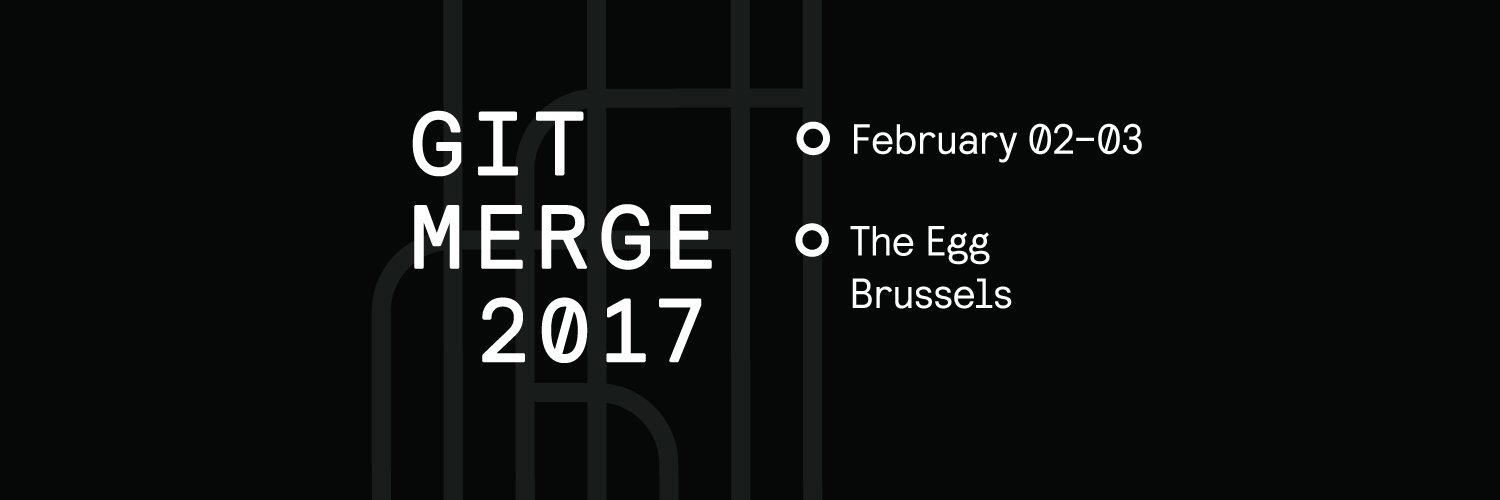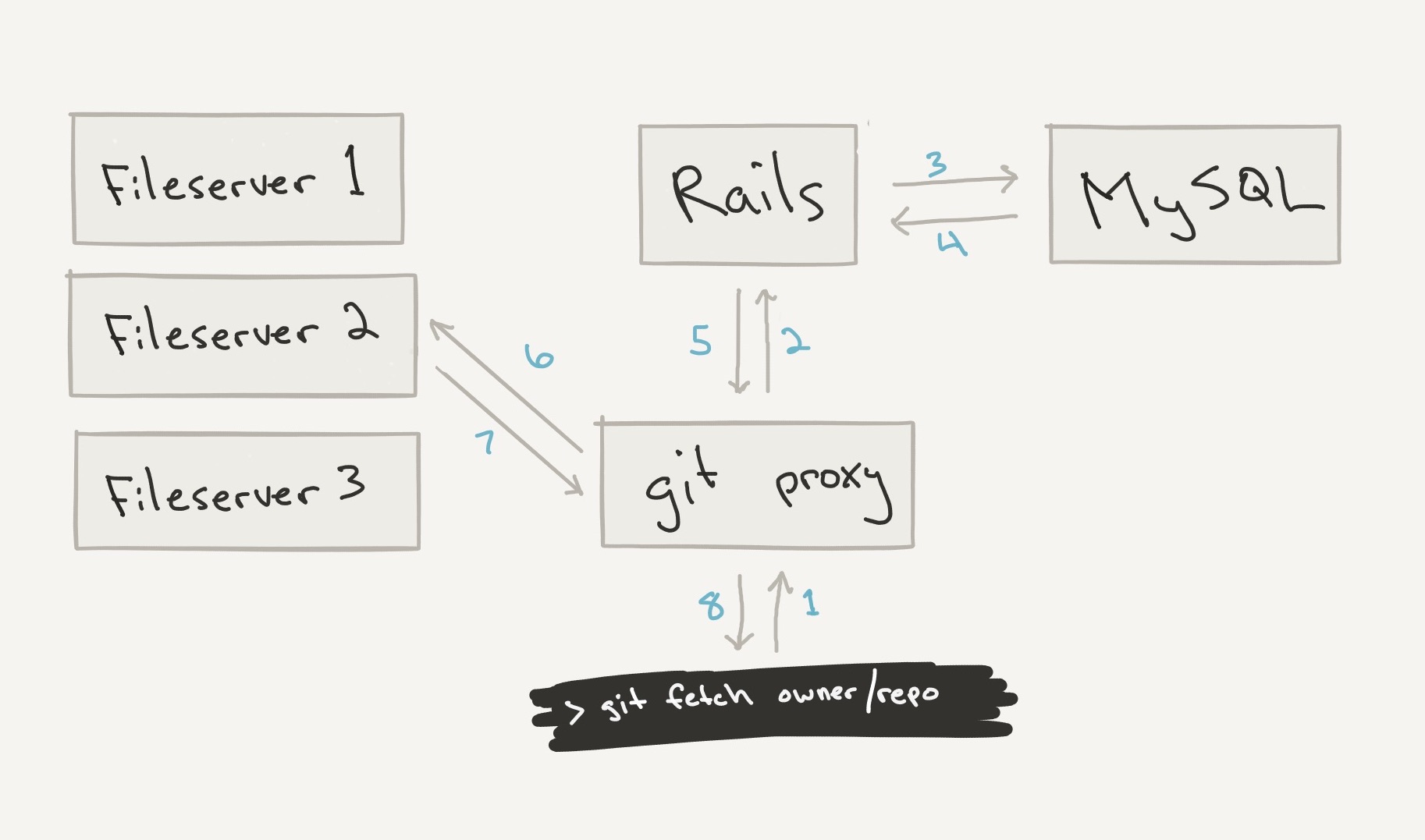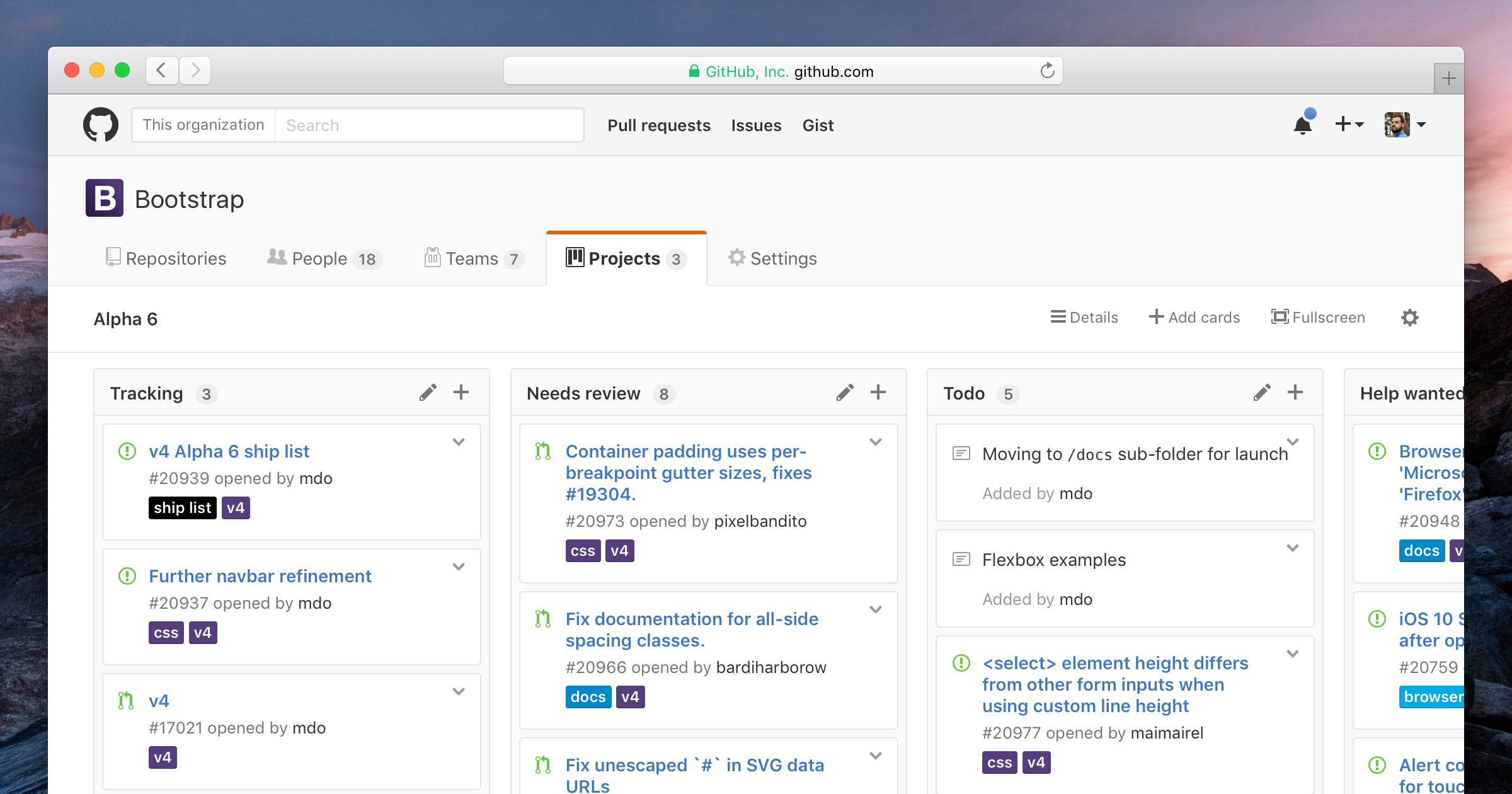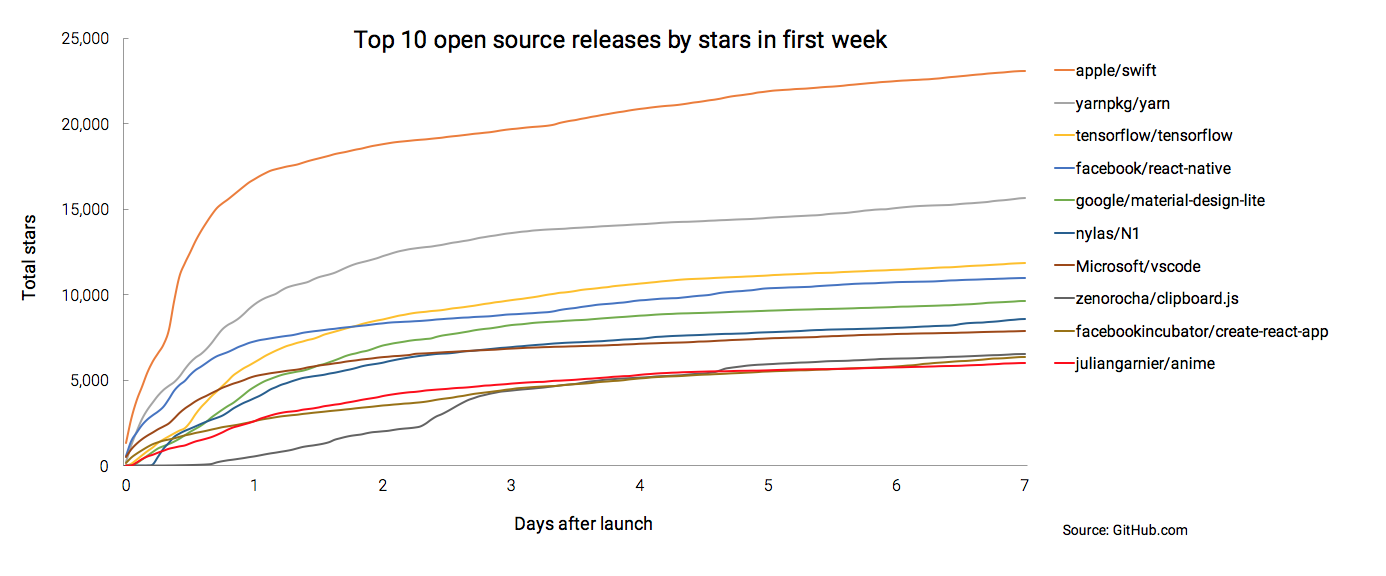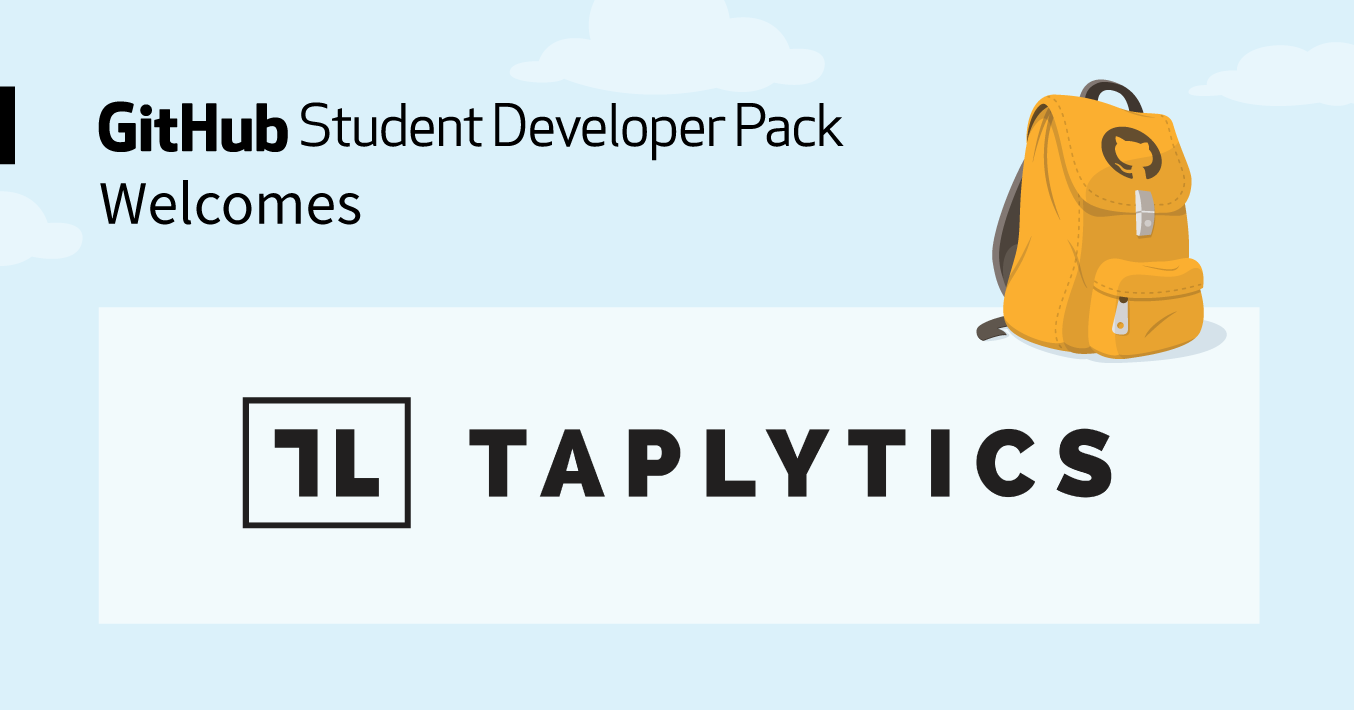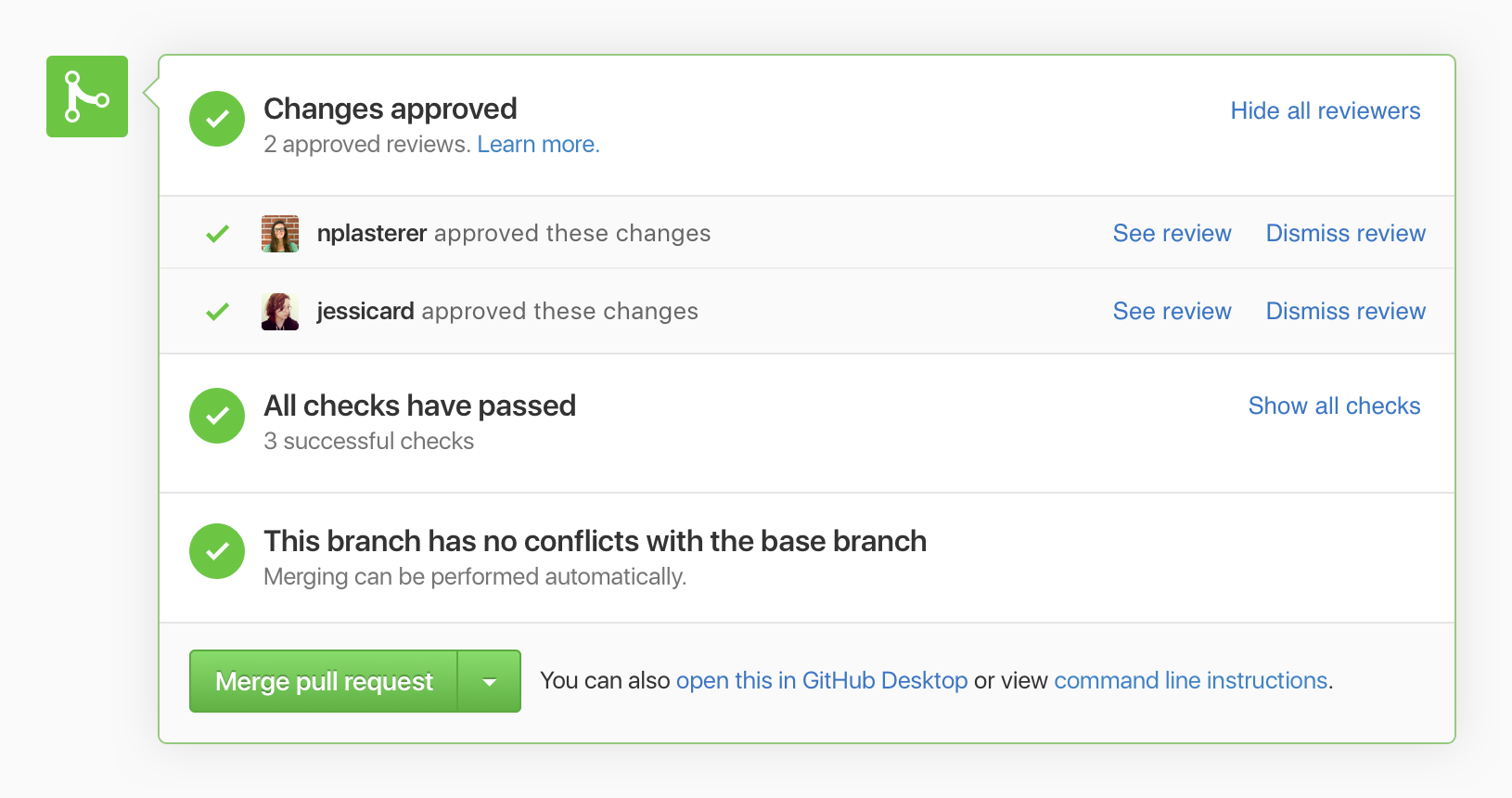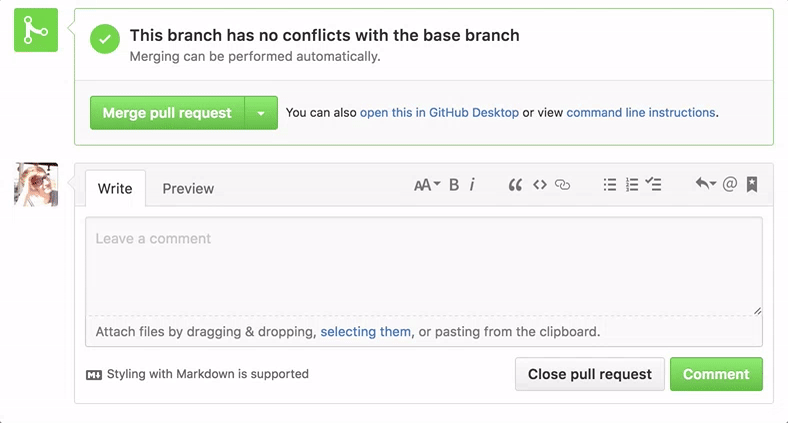To highlight the people behind projects we admire, we bring you the GitHub Developer Profile blog series.

Hiroshi “Nahi” Nakamura, currently a Site Reliability Engineer (SRE) and Software Engineer at Treasure Data, is a familiar face in Ruby circles. Over the last 25 years, he has not only grown his own career but also supports developers all over the world as a Ruby code contributor. We spoke to Nahi about his work with Ruby and open source, as well as his inspiration for getting started as a developer.
You’ll notice this interview is shared in both Japanese (which the interview was conducted in) and English—despite our linguistic differences, open source connects people from all corners of the globe.
Aki: Give me the brief overview—who is Nahi and what does he do?
簡単に自己紹介をお願いします。中村浩士さんというのは、どんな方で、何をなさっている方でしょうか?
Nahi: I have been an open source software (OSS) developer since I encountered Ruby in 1999, as well as a committer to CRuby and JRuby. Right now, I am an SRE and software engineer at Treasure Data.
1999年にRubyと出会って以来のOSS開発者で、CRuby、JRubyのコミッタです。
現在勤めているTreasure Data Inc.という会社では、SRE兼ソフトウェアエンジニアをやっています。
Aki: How long have you been developing software?
今までどのくらいの期間に渡ってソフトウエアの開発を行ってこられたのでしょうか?
Nahi: I started to write my first Basic program when I was about twelve. During college, I began work at a Japanese system development company, and for the past 25 years, I’ve worked in software development at various companies and projects.
初めてBasicでプログラムを書き始めたのは12才の頃でした。大学在学中に日本のシステム開発会社でアルバイトを始め、以後様々な会社、プロジェクトで25年ほど、ソフトウェア開発に携わっています。
Aki: Who did you look up to in your early days?
ソフトウエア開発を始められた当初、どなたを尊敬されていたか教えて頂けますか?
Nahi: The research lab that I was part of in college had wonderful mentors. In addition, Perl and Common Lisp (of course!) had open source code and taught me that I could freely enhance those programming languages by myself.
The first addition that I made was to Perl (version 4.018), and I believe it was an enhancement on string processing to make it faster. Each program that runs Perl benefited from the change, and though it was small, it gave me an incredible feeling of accomplishment.
Since then, I have had great respect for the creator of the Perl programming language, Larry Wall, whose work has provided me with opportunities like this.
大学で在籍していた研究室には素晴らしい先輩がたくさんいて、PerlやCommon
Lispなどのプログラミング言語にも(もちろん!)ソースコードがあり、自分で自由に拡張できることを教えてくれました。
はじめて拡張したのはPerl(version 4.018)で、ある文字列処理の高速化だったと思います。Perlで動く各種プログラムすべてがよい影響を受け、小さいながらも、素晴らしい達成感を得られました。
その頃から、このような機会を与えてくれた、Perl作者のLarry Wallさんを尊敬しています。
Aki: Tell us about your journey into the world of software development (first computer, first project you contributed to, first program you wrote?)
ソフトウエア開発の世界に入って行かれた頃のお話をお聞かせ頂けますか?(最初に使ったコンピューター、最初に参画されたプロジェクト、最初に書いたプログラム等)
Nahi: I discovered Ruby shortly after I started to work as a software engineer. Until then, I had written in languages like C, C++, and SQL for software for work, and in Perl for my own development support tools.
Without a strong understanding of object-oriented programming, I studied and picked up tools on my own and started contributing to projects. Back then the Ruby community was small, and even a neophyte like myself had many opportunities to interact with brilliant developers working on the project. Through Ruby, I learned many things about software development.
The first open source (we called it ‘free software’ back then) Ruby program I distributed was a logger library. To this day, whenever I type require ‘logger’ in Ruby, it reminds me of that embarrassing code I wrote long ago. The logger library distributed along with Ruby today no longer shows any vestiges of the previously-existing code—it has evolved magnificently, molded into shape on a variety of different platforms and for a variety of different use cases.
ソフトウェアエンジニアとして働き始めてしばらくして、Rubyに出会いました。それまでは、C、C++、SQLなどで仕事用のソフトウェアを書き、Perlで自分向けの開発支援ツールを書いていました。
オブジェクト指向のなんたるかもよくわからず、勉強がてらそれらツールを移植していき、またRubyコミュニティの流儀にしたがって配布し始めました。その頃はRubyコミュニティも小さく、私のような新参者でも、Rubyコミュニティにいた素晴らしい開発者たちに触れ合える機会が多くあり、Rubyを通じ、ソフトウェア開発のいろいろなことを学びました。
最初にOSS(その頃はfree softwareと呼んでいました)として配布したRubyのプログラムは、ログ取得ライブラリです。今でもRubyでrequire 'logger'すると、いつでも昔の恥ずかしいコードを思い出すことができます。今Rubyと共に配布されているものは、いろいろなプラットフォーム、いろいろな用途の元で叩かれて、立派に成長しており、その頃の面影はもうありません。
Aki: What resources did you have available when you first got into software development?
ソフトウエア開発を始められた当初、お使いになっていたリソースがどのようなものだったか教えて頂けますか?
Nahi: I wrote SQL, Common Lisp, C—and everything on vi and Emacs. Perl was easy to modify and worked anywhere, so I really treasured it as a resource in my software developer’s toolbelt.
SQL、Common Lisp、C、なんでもviとemacsで書いていました。ソフトウェア開発者のツールベルトに入れる道具として、どこでも動き、変更がし易いPerlは大変重宝しました。
Aki: What advice would you give someone just getting into software development now?
ソフトウエア開発の世界に入ったばかりの方に、どのようなアドバイスを差し上げますか?
Nahi: I think that I came to be the software engineer I am today by participating in the open source community with loads of great developers and engaging in friendly competition with them, as well as trying out the knowledge I learned from the community in my professional life. As opposed to when I first came across Ruby, there are several unique communities now and a great deal of opportunities to leverage them professionally. I really don’t have much advice to share, but I hope that everyone will seek the opportunity to get to know a lot of great engineers.
ソフトウェア開発者としての私は、よい技術者がたくさん居るOSSコミュニティに参加し、彼らの切磋琢磨に参加することと、そこで得た経験を業務で試した経験により作られたと思っています。 でも、私がRubyと出会った頃とは違い、今はそのようなコミュニティがたくさんありますし、それを業務に活かすチャンスもたくさんありますね。私ができるアドバイスはほとんどありません。みなさんがよい技術者とたくさん知り合えることを祈っています。
Aki: If you forgot everything you knew about software development, and were to start learning to code today, what programming language might you choose and why?
もしソフトウエア開発に関して現在お持ちの知識を全て忘れて、今日からプログラミングを学ぶこととなった場合、どのプログラミング言語を選びますか?またその理由を教えて頂けますか?
Nahi: I would choose either Ruby or Python. If I still knew what I know now, it would be Python. I would select a language in which the OS and network are hidden only behind a thin veil and easily identified.
RubyかPythonを選びます。もし現在の知識が残っていればPythonですね。薄い皮の下に、OSやネットワークがすぐに見えるような言語をまた選びたいと思います。
Aki: On that note, you make a huge impact as part of Ruby's core contributing team. How specifically did you get started doing that?
Rubyのコアコントリビュートチームの一員として、(コミュニティーに)大きなインパクトを与えてこられましたが、具体的にどのような形/きっかけで(Rubyコミュニティーへの貢献を)始められたか教えて頂けますか?
Nahi: After releasing my first open source software, I went on to release several Ruby libraries that I made for work, such as network proxy, csv, logger, soap, httpclient, and others. With Ruby 1.8, Matz (Yukihiro “Matz” Matsumoto, the chief designer of Ruby) put a policy in place to expand the Standard Library in order to spread Ruby. This allowed the user to do everything they needed to do without additional libraries by simply installing it. A number of the libraries that I had made were chosen as candidates at the time, and I have mainly maintained the Standard Library ever since. The announced policy to expand the Standard Library was a great coincidence for me, since it allowed me to build experience.
初めてOSSで公開して以後、業務で使うために作ったRubyのライブラリをいくつか公開していきました。network proxy、csv、logger、soap、httpclientなど。Ruby 1.8の時、MatzがRubyを広めるために、標準添付ライブラリを拡充する方針を立てました。インストールすれば、追加ライブラリなしに一通りのことができるようにしよう、というわけです。その際に、私の作っていたライブラリもいくつか候補に選ばれ、以後主に、標準ライブラリのメンテナンスをするようになりました。標準添付ライブラリ拡充方針は、私が経験を積むことが出来たという点で、大変よい偶然でした。
Aki: For new contributors to Ruby, what do you think is the most surprising thing about the process?
Rubyの新たなコントリビューターの方にとって、(Rubyコミュニティーの開発)プロセスに関し、どのような部分が最も驚きのある部分とお考えになりますか?
Nahi: To be honest, I haven’t been able to contribute to Ruby itself over the past few years, so I am not aware of the details on the specific development process. However, I think the most surprising part is that it clearly does not look like there is a process.
In reality, a group of core contributors discuss and make decisions on the direction of development and releases, so to contribute to Ruby itself, you must ultimately propose an idea or make a request to those core contributors.
That’s the same with any community, though. One defining characteristic of the process might be that the proposals can be fairly relaxed, as there is no culture of creating formal documents.
正直に言うと、この数年はRubyそのものへのコントリビュートを行えていないので、具体的な開発プロセス詳細については把握していません。が、明らかに、プロセスがあるように見えないのが、一番驚きのある部分だと思います。
実際には、開発の方向性決定、リリースの決定については、一部のコアなコントリビュータが相談しつつ行っていて、Rubyそのものへのコントリビュートは、最終的には彼/彼女らに対する提案、要望となる必要があります。でもそれは、どのコミュニティでも同じですね。文書化の文化がない分、提案もわりとルーズで構わないのは特徴かもしれません。
Aki: Okay, we have to ask. What is the most interesting pull request you've received for Ruby?
お尋ねしなくてはならないことなのですが。。今までRubyの開発を行ってこられたなかで、(中村さんが)お受けになった最も興味深い/面白いPull Requestはどのようなものでしょうか?
Nahi: While not necessarily a “pull request,” I have received all sorts of suggestions that stand out: replacing the Ruby execution engine, swapping out the regular expression library, gemifying the Standard Library, etc. As for the most memorable pull request I have received personally, one was a request to swap out the CSV library I made for a different high-speed library. When I think about it with a clear mind, it was a legitimate request, but it took forever to make the right decision.
"Pull request"という名前ではありませんが、印象深いものはたくさんあります。Ruby実行エンジンの差し替え、正規表現ライブラリの置き換え、標準ライブラリのgem化など。私個人に関するものとしては、自身の作ったcsvライブラリを、別の高速ライブラリで置き換えたい、というリクエストが一番印象深いものでした。冷静に考えて正しいリクエストでしたが、適切な判断をするために、いちいち時間がかかりました。
Aki: Outside of your open source work, you also work full time as a developer. Does your participation in open source inform choices you make at work? How?
Open Sourceに関する活動とは別に、フルタイムのソフトウエア開発者としてご勤務されていますが、Open Sourceコミュニティへの参加は職場における(日々の)意思決定にどのような影響を与えていますか?
Nahi: Active involvement in open source is one of the pillars of business at the company I currently work for, and it informs the choices the other engineers and I make unconsciously. When developing something new for the business, we never begin work on a project without examining existing open source software and the open source community. As much as possible, we try not to make anything that replicates what something else does. However, if we believe it necessary, even if existing software does the same thing, we make products the way they should be made. Then, we compete with that and contribute our version back to the world as open source. The experiences and knowledge that we pick up, and also give back through the process, is the lifeblood of software development.
Until I came to my current company a year and a half ago, I led dozens of system development projects, mainly as a technical architect in the enterprise IT world for about 15 years. Back then, I participated in open source individually rather than at my company.
現在所属している会社は、Open Sourceへの積極的な関与をビジネスの柱の一つとしていることもあり、特に意識せずとも、私および各エンジニアの意思決定に影響を与えています。ビジネスのため、何か新しい物を開発する時、既存のOpen Sourceソフトウェア、またOSSコミュニティの調査なしに作り始めることはありません。可能な限り、用途が重複するものは作りません。しかしそうと信じれば、用途が同じでも、あるべき姿のものを作ります。そしてそれは、Open Sourceとして世の中に還元し、競争していきます。そのような中で得られる、また提供できる経験、知見は、ソフトウェア開発の血液のようなものです。
唐突ですが、1年半前に現在の会社に来る前までは、15年ほど、エンタープライズITの世界で、主にテクニカルアーキテクトとして数十のシステム開発プロジェクトをリードしていました。その頃は、会社ではなく個人でOSS活動を行っていました。
Aki: Tell us about your view on where the enterprise IT world is lagging behind. How do you see the open source developer community making a contribution to change that?
エンタープライズITの世界がどのような点で(Open Source等の世界)から遅れているとお考えになるか教えて頂けますか?Open Sourceコミュニティーのソフトウエア開発者の方々が、(エンタープライズITの状況を)変革させることに、どのような貢献ができるとお考えになっているか教えて頂けますか?
Nahi: In the enterprise IT world, we were trying to create a future that was predictable in order to control the complexity of business and the possibility of change. Now, however, it is hard to predict what things will be like one or two years down the road. The influence of this unpredictability is growing so significant that it cannot be ignored. Luckily, I was given the opportunity to lead a variety of projects, and what helped me out then was the experiences and knowledge I had picked up by being involved in the open source community.
To be honest, developers participating in the open source community now have already made a variety of contributions to the enterprise IT world, and I am one of those beneficiaries. To enhance the software development flow, developers in the enterprise IT world need to participate more in open source. I would venture to say that establishing such an environment and showing understanding towards it may be thought of as further contributions on the enterprise side.
エンタープライズITの世界では、ビジネスの複雑さと変更可能性をcontrolするため、予測可能な未来を作ろうとしていました。しかし今では、1年、2年後を予測するのは困難です。この予測できないことの影響は、無視できないほど大きくなっています。私は幸いにも、各種プロジェクトをリードする機会を与えられました。その時に役立ったのは、Open Sourceコミュニティとの関わりの中で得られた経験、知見でした。
正直に言うと、現在Open Sourceコミュニティに参加している開発者は、エンタープライズITの世界に、既に様々な貢献をされていると思います。私もその恩恵を受けた一人です。
ソフトウェア開発の血液を循環させるためには、エンタープライズITの世界に居る開発者が、もっとOpen Sourceコミュニティに参加できるようにならないといけません。しいて言えば、そのような環境を整えること、理解を示すこと、などは、更なる貢献として考えられることかもしれません。
To learn more about Nahi’s contributions to Ruby, visit his GitHub profile page here. You can also learn more about Ruby itself by visiting their homepage.

